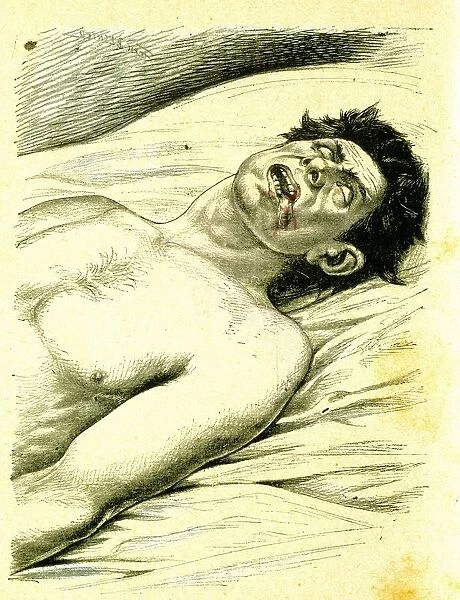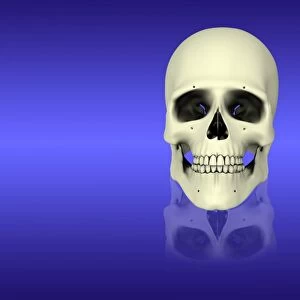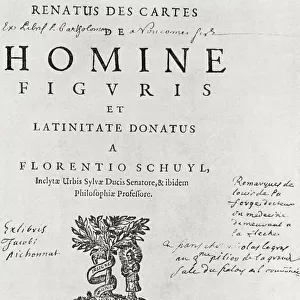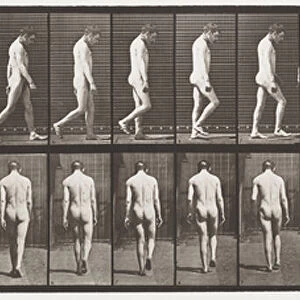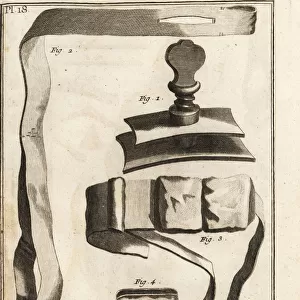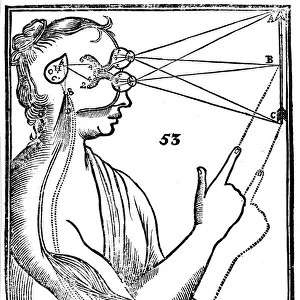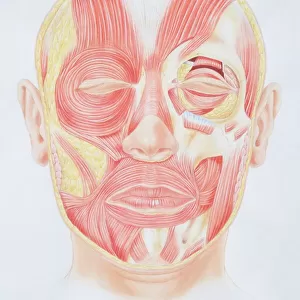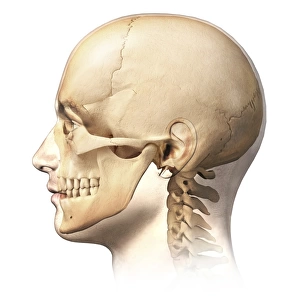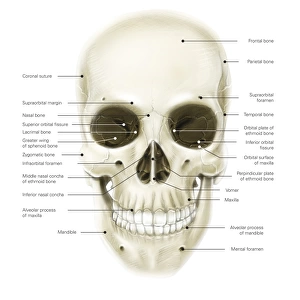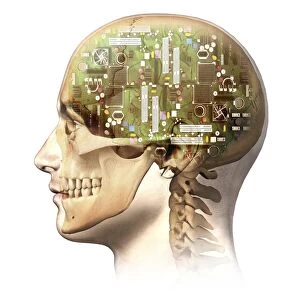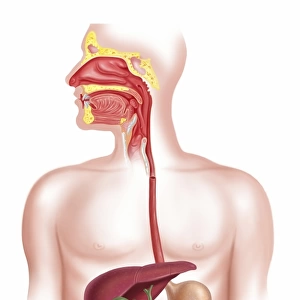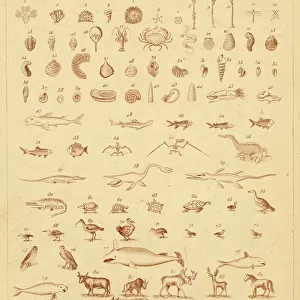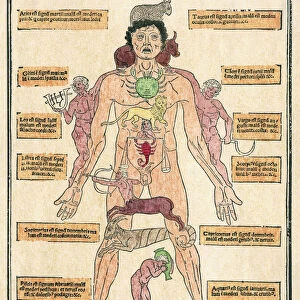Home > Universal Images Group (UIG) > Universal Images Group > Universal History Archive > Vertical
Epilepsy, Typical Grand Mal attack
![]()

Wall Art and Photo Gifts from Universal Images Group (UIG)
Epilepsy, Typical Grand Mal attack
Epilepsy, a subject suffering from a typical Grand Mal attack in which he has bitten his tongue. In ancient times it was known as the Sacred Disease. Julius Caesar suffered epileptic seizures. From Jules Rengade " Les Grands Maux et les Grands Remedes", Paris, c1890
Universal Images Group (UIG) manages distribution for many leading specialist agencies worldwide
Media ID 9700219
© Universal History Archive
1890 Biting Blood Brown Hair Danger Eyes Closed French Culture Grinding Human Tongue Illness Julius Caesar Lying On Back One Man Only Pain Paris Research Risk Science Shirtless Waist Up Epilepsy Grimacing Human Teeth Jules Rengade
EDITORS COMMENTS
This print captures a moment of intense pain and danger as a subject suffering from epilepsy experiences a typical Grand Mal attack. With his eyes tightly closed and face grimacing, the man's brown hair falls disheveled around him as he lies shirtless on his back. The severity of the seizure is evident by the blood on his tongue, which he has bitten in the midst of this distressing episode. The historical significance of epilepsy is highlighted in this image, as it was once referred to as the Sacred Disease in ancient times. Even renowned figures like Julius Caesar were not exempt from experiencing epileptic seizures. This photograph comes from Jules Rengade's work "Les Grands Maux et les Grands Remedes" published in Paris around 1890. The image serves as a reminder of how far medical research has come since then, shedding light on an illness that was poorly understood at the time. It also emphasizes the risks and challenges faced by individuals living with epilepsy throughout history. Displayed vertically, this thought-provoking snapshot offers us a glimpse into French culture during that era while showcasing one man's struggle with this debilitating condition indoors in Paris. The focus on human teeth and tongue adds an element of raw vulnerability to the composition, evoking empathy for those who have endured similar episodes throughout history.
MADE IN THE USA
Safe Shipping with 30 Day Money Back Guarantee
FREE PERSONALISATION*
We are proud to offer a range of customisation features including Personalised Captions, Color Filters and Picture Zoom Tools
SECURE PAYMENTS
We happily accept a wide range of payment options so you can pay for the things you need in the way that is most convenient for you
* Options may vary by product and licensing agreement. Zoomed Pictures can be adjusted in the Cart.

